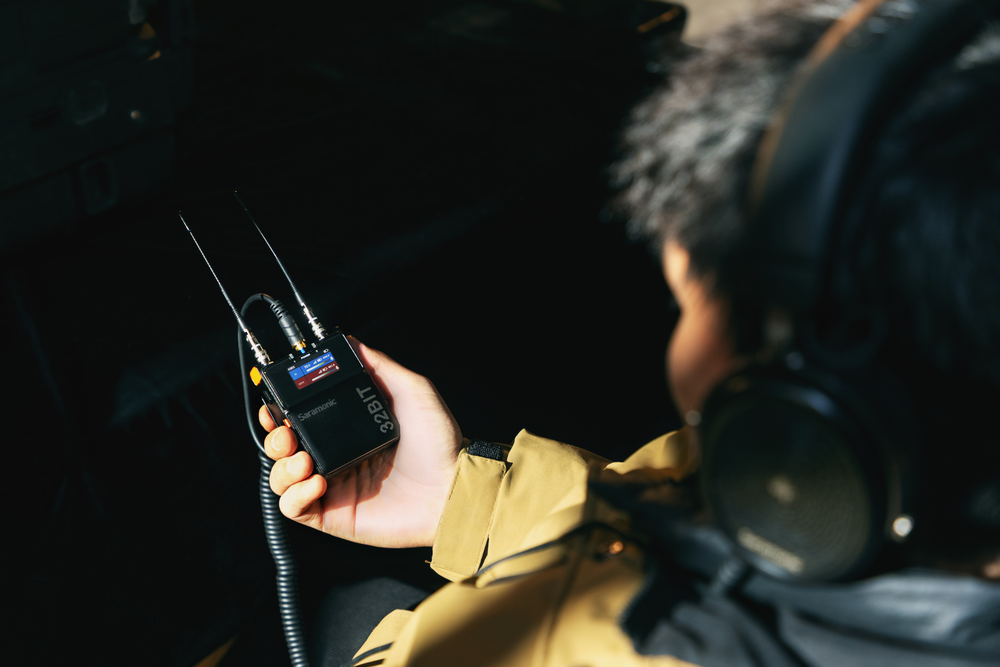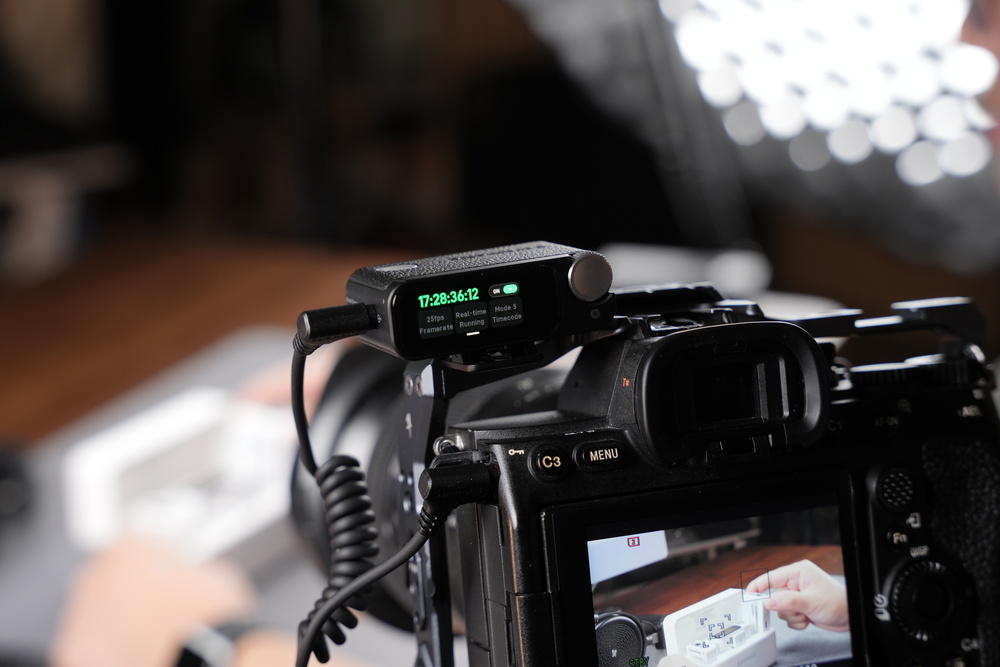The freedom of a wireless microphone is undeniable, but the technology that makes it happen is complex. The two dominant players in this space have long been VHF (Very High Frequency) and UHF (Ultra High Frequency) systems. While both aim to deliver clear audio without cables, their underlying technical specifications lead to significant differences in performance, application suitability, and how you manage them, especially concerning RF interference and frequency coordination.
To really get the difference, we need to start with the basics.
VHF typically operates in the range of roughly 30 MHz to 300 MHz. UHF operates at much higher frequencies, generally from 300 MHz to 3 GHz, though for wireless microphones, we're usually looking at a slice between 470 MHz and 698 MHz (this can vary by region due to spectrum allocation).

The main difference in wave characteristics is that VHF waves are longer and can sometimes pass through obstacles like walls a bit better, though they are also more susceptible to certain types of electrical interference. UHF waves are shorter, which means they can carry more information (allowing for more channels in a given band) and are less prone to some types of interference, but they are more easily absorbed or reflected by obstacles.
Band allocation is a big deal worldwide. Governments regulate who can use which frequencies, and this has a massive impact on where and how you can legally operate your wireless audio systems.
Both UHF wireless microphone and VHF wireless microphone systems can use either analog or digital transmission. Analog systems modulate the audio onto the RF carrier wave directly. Digital systems first convert the audio to a digital signal, then transmit that data. Digital often offers better audio quality and resistance to interference but can introduce a tiny bit more latency.

Various modulation techniques (like FM for analog, or various digital schemes) are used. Bandwidth requirements also differ; digital systems, especially high-quality ones, might require more bandwidth per channel than simpler analog VHF systems.
How do these technical differences translate to real-world performance?
Generally, UHF wireless microphone systems are often perceived to offer better range and more reliable performance in complex RF environments, especially indoors, where reflections can be an issue. However, VHF can sometimes perform surprisingly well outdoors over clear lines of sight due to its wave characteristics. Maximum operating distances are highly dependent on transmitter power, antenna type and placement, and the surrounding environment. Environmental factors like large metal structures, dense crowds, or other RF-emitting devices significantly impact the range for both.

High-quality digital UHF systems usually boast wider frequency response ranges and greater dynamic range compared to older analog VHF systems. This means they can capture a fuller, more nuanced sound. Signal-to-noise ratios (SNR) are also typically better with well-designed digital UHF systems, resulting in cleaner audio with less background hiss. However, a high-quality VHF system can still deliver very good audio.
This is a huge differentiator. Common interference sources include TV broadcasts (especially for UHF, as wireless mics often operate in shared TV bands), other wireless devices, LED lighting, and electrical motors. UHF wireless microphone systems generally offer more available channels and more sophisticated frequency coordination tools, making it easier to find clear operating frequencies in crowded RF environments. Shielding techniques in both the transmitter and receiver, along with diversity reception (using two antennas to combat dropouts), are crucial for both types.
Let's get a bit more granular.
Operating frequencies, as mentioned, are typically in the 470-698 MHz range (though this is shrinking in some regions). Channel bandwidth for a professional digital UHF system might be around 200 kHz. Power requirements for transmitters are usually low (milliwatts) to comply with regulations and conserve battery.
VHF frequency allocation for wireless mics is often in a few specific bands, like 174-216 MHz. Channel spacing might be wider or the number of available channels more limited compared to UHF. Power efficiency can be quite good with VHF, leading to decent battery life.
When you put them side-by-side, UHF generally offers more flexibility in terms of channel count and advanced features. Performance metrics like SNR and dynamic range often favor high-end digital UHF. However, for simpler applications with fewer systems in a less crowded RF environment, VHF can be a cost-effective and reliable solution. Real-world testing in your specific venue is always the ultimate decider.
The choice often comes down to the demands of the application.
A wireless system is more than just the mic.
Transmitter designs include body-pack transmitters (for lavalier mics or headset mics) and handheld microphones with integrated transmitters. Power output options are usually selectable within legal limits.
Receiver architecture often includes diversity reception (two antennas selecting the stronger signal) to prevent dropouts. Digital signal processing (DSP) is common in higher-end units for audio shaping and interference rejection. Antenna systems can range from simple whip antennas to sophisticated directional antenna setups.
Accessory equipment like antenna distribution systems (to feed multiple receivers from one set of antennas), RF combiners (for IEM transmitters), and RF spectrum monitoring tools are essential for professional wireless system installation and operation.
Successful deployment requires careful planning.
Wireless mic operation is working under regulations. There may be license requirements for some frequency bands or power levels within some jurisdictions. Awareness of spectrum allocation and differences in regions is essential.
Cost-wise, professional quality UHF wireless microphone systems, and particularly digital systems, are generally a more expensive upfront cost than VHF systems. However, taking into account system life and duration, performance benefits, and possibilities for potential future expansion, the return can be significant for high-demand applications.
Digital innovation continues within the wireless audio systems industry, and new technologies offer even better audio quality, lower latency, and increased spectrum efficiency. The RF spectrum itself continues to evolve, with bands being reallocated, requiring evolution in technology.
When making your selection, your selection criteria need to be application-driven (number of channels, required audio quality), environmental (RF congestion, venue size), and budget.
Regular upkeep, including connection checks, battery health, and antenna integrity checks, is essential. Having a reference to normal faults, like dropouts or RF interference, is also desirable.
Good practice is to always scan for a new frequency before each event at each new site, to use high-quality batteries, and never coil up antenna wires tightly. Unfortunate antenna position or an inappropriate antenna for the job are among the most frequent setbacks.